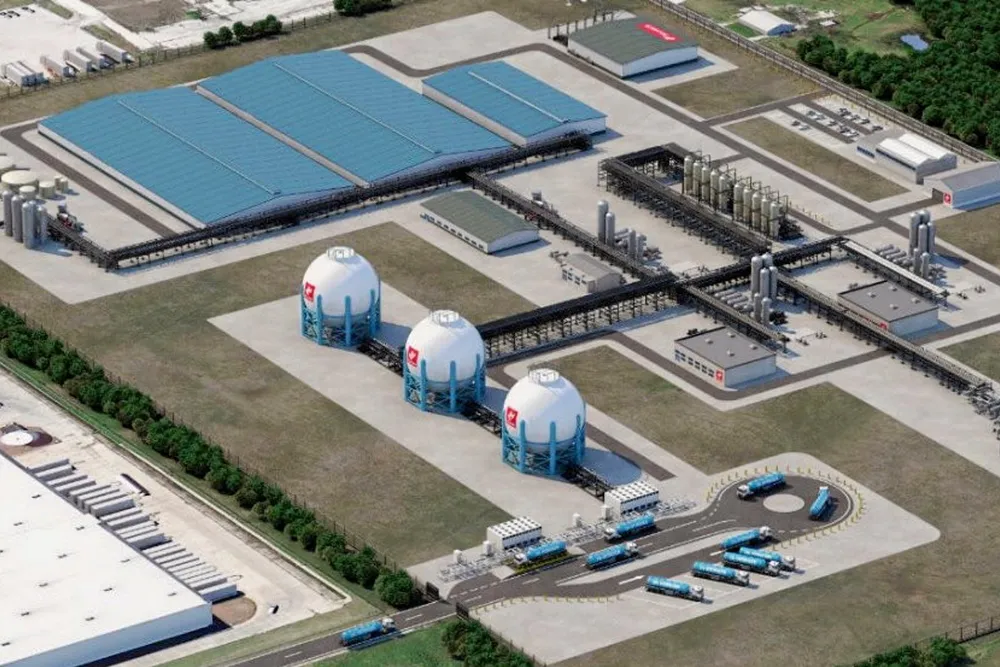Australia's Woodside enters FEED on potential 550MW US hydrogen development
It marks the first hydrogen scheme the Australian oil and gas giant has progressed to the front-end engineering and design phase

It marks the first hydrogen scheme the Australian oil and gas giant has progressed to the front-end engineering and design phase
